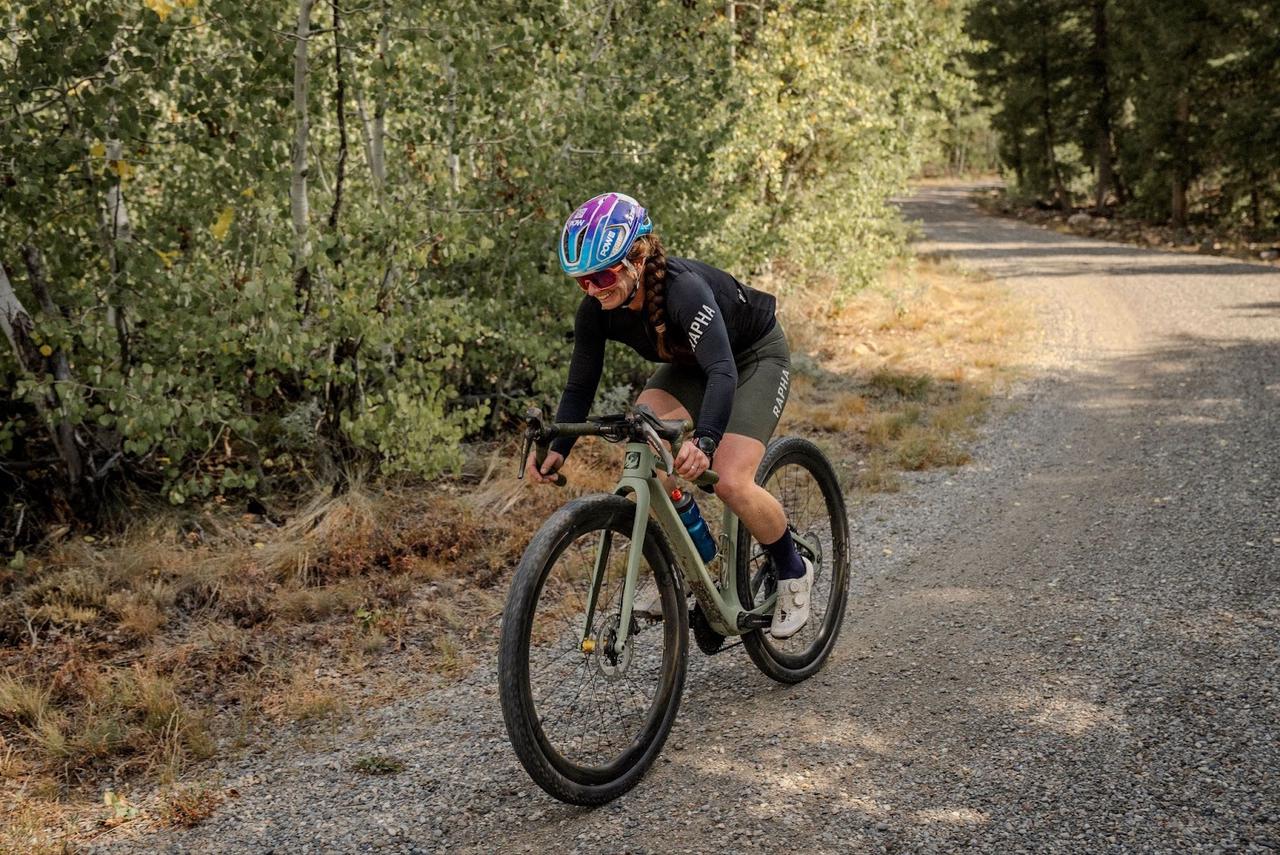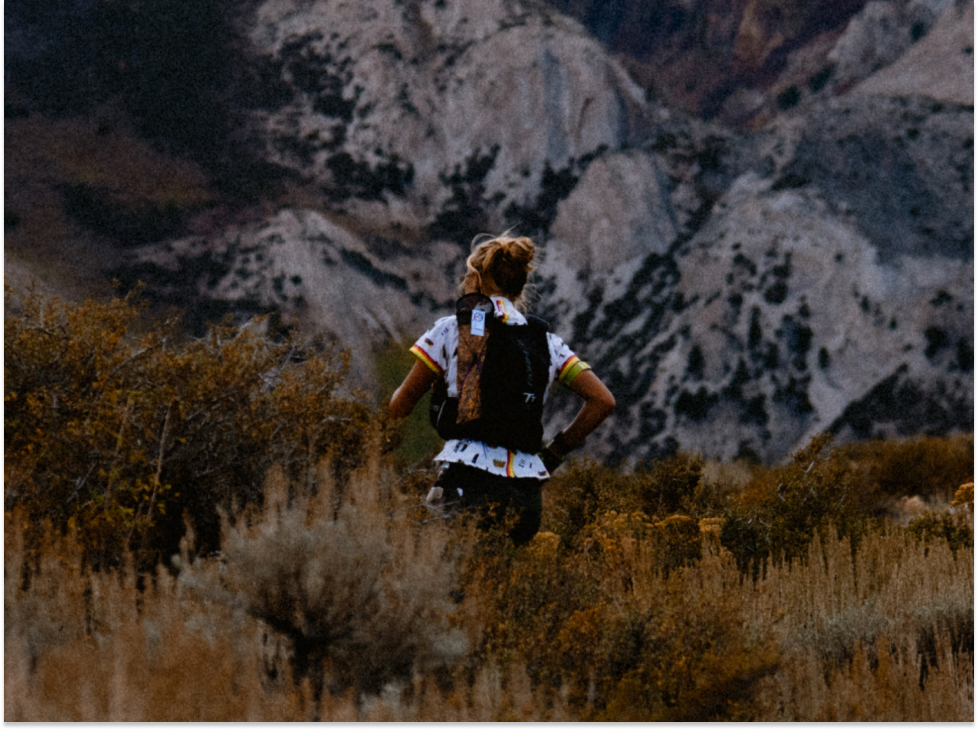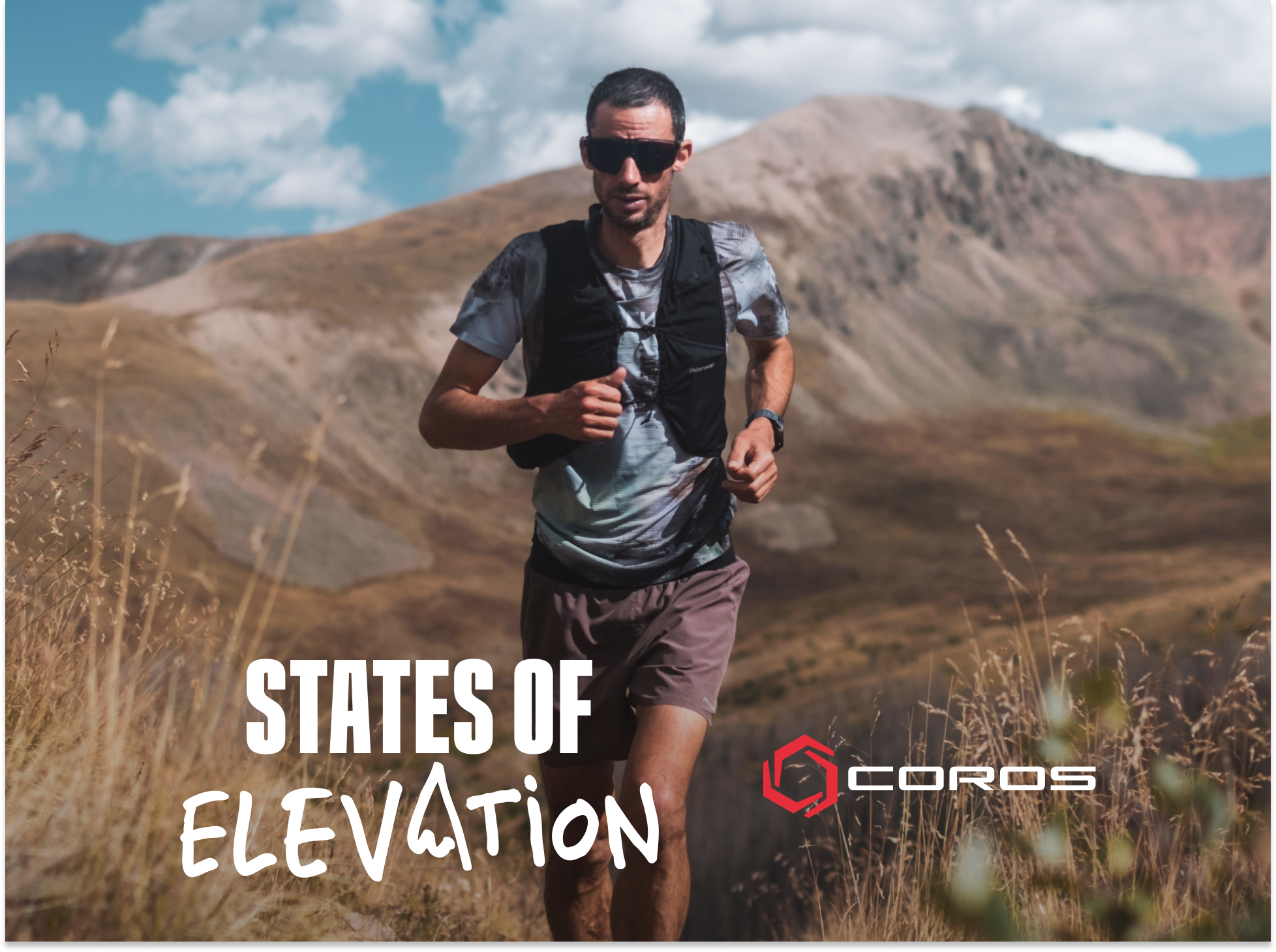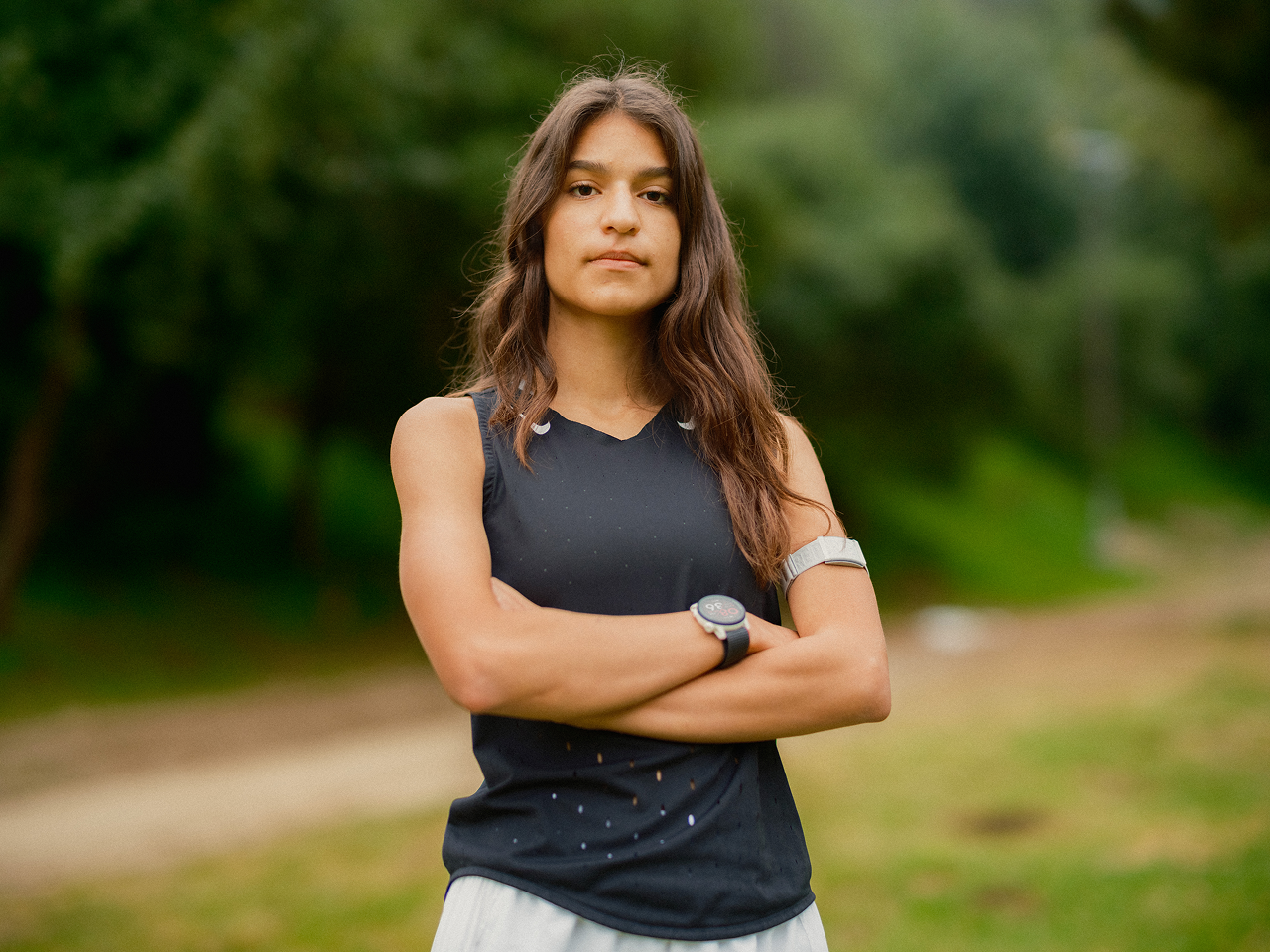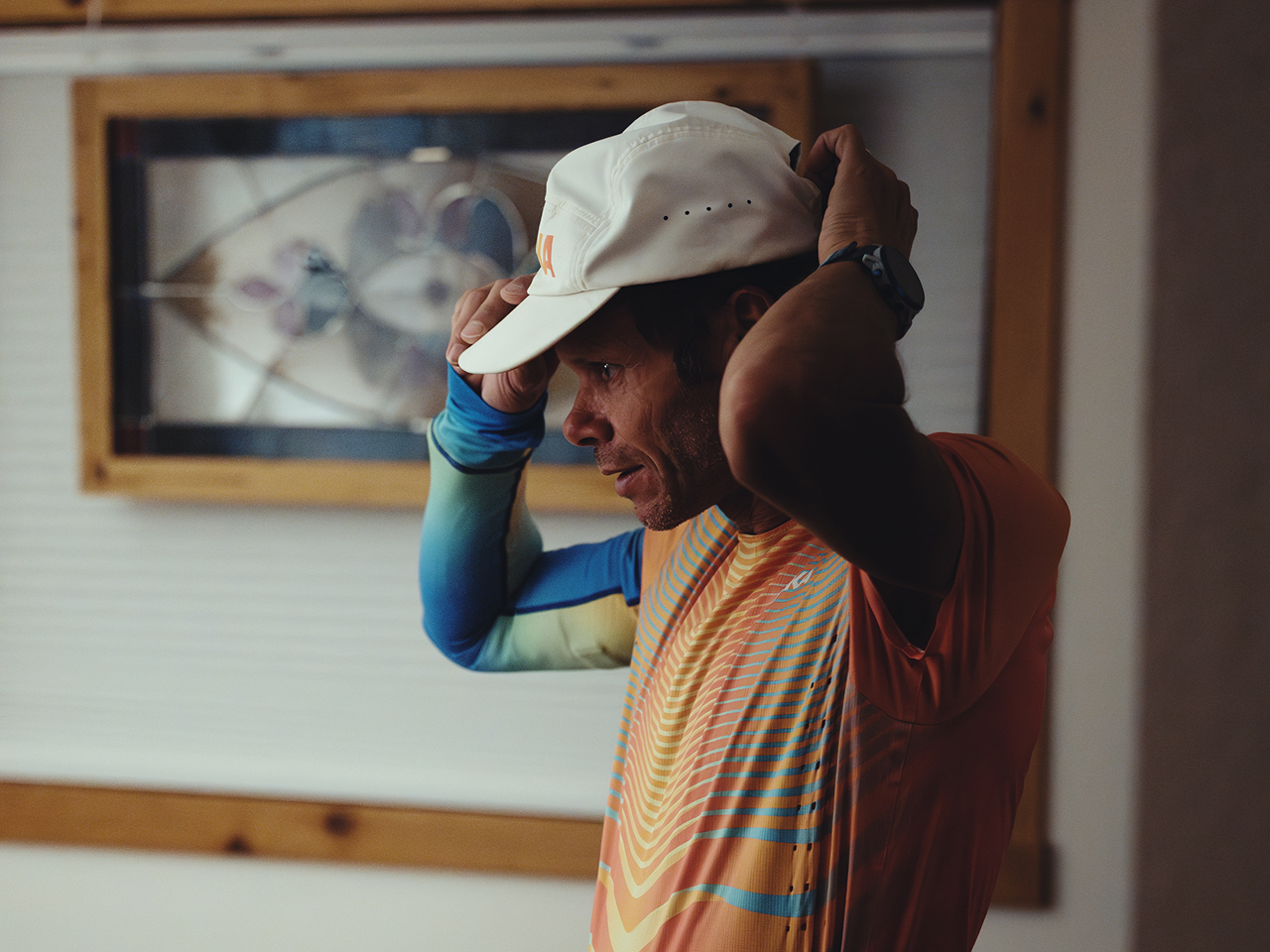As the trail world turns its eyes toward Chamonix, the 2025 edition of trail running's biggest test brings together elite mountain athletes from around the globe. COROS athletes together represent a collective surge of resilience, from seasoned legends to rising contenders. We connected with five COROS athletes ahead of race week to understand how they’re preparing for one of the most prestigious weeks in trail running:
Hayden Hawks: A two-time CCC winner and five-time competitor in Chamonix. Hayden looks to build on the momentum of his CCC victory last year as he takes on UTMB in 2025.
Blandine L'Hirondel: Won OCC in 2021, then stepped up for the CCC title in her first 100 km race in 2022, and earned a podium finish (3rd) in her 100-mile UTMB debut in 2023. She kept her momentum with a top-5 UTMB finish last year. This year, she makes her return to the CCC.
Sara Alonso: Won ETC in 2023 and is preparing for OCC again after just missing the podium a year ago.
Jon Albon: Has multiple podiums at CCC, taking 2nd in 2022 and winning in 2023. This year, Jon takes on the 100-mile UTMB.
Kilian Jornet: UTMB champion and former course record-holder. While Kilian isn't racing this year, he still offers valuable insights from his past experience.
The stories are different, but the tactics, insights, and mental battles echo familiar themes: race specificity, mental control, precision with data, and recovery.
Race-Ready Training Starts with the Course
Chamonix is the perfect storm of high-level competition, challenging terrain, and high-stakes energy. In some races, fitness may be enough to cover up any mistakes, but here, the competition will feast on the smallest of mistakes. Athletes must not only be fit, but fit for the terrain. Many athletes are preparing for the specific demands of the course to ensure they're ready for what the event will challenge them with.
“For a race like UTMB you need to prepare for the distance with the constant ups and downs,” said Hayden Hawks. “Mostly the downs where if you quads are not trained they can blow up early. It is important to do just enough but not too much though, as that will make you go into the race fatigued.”
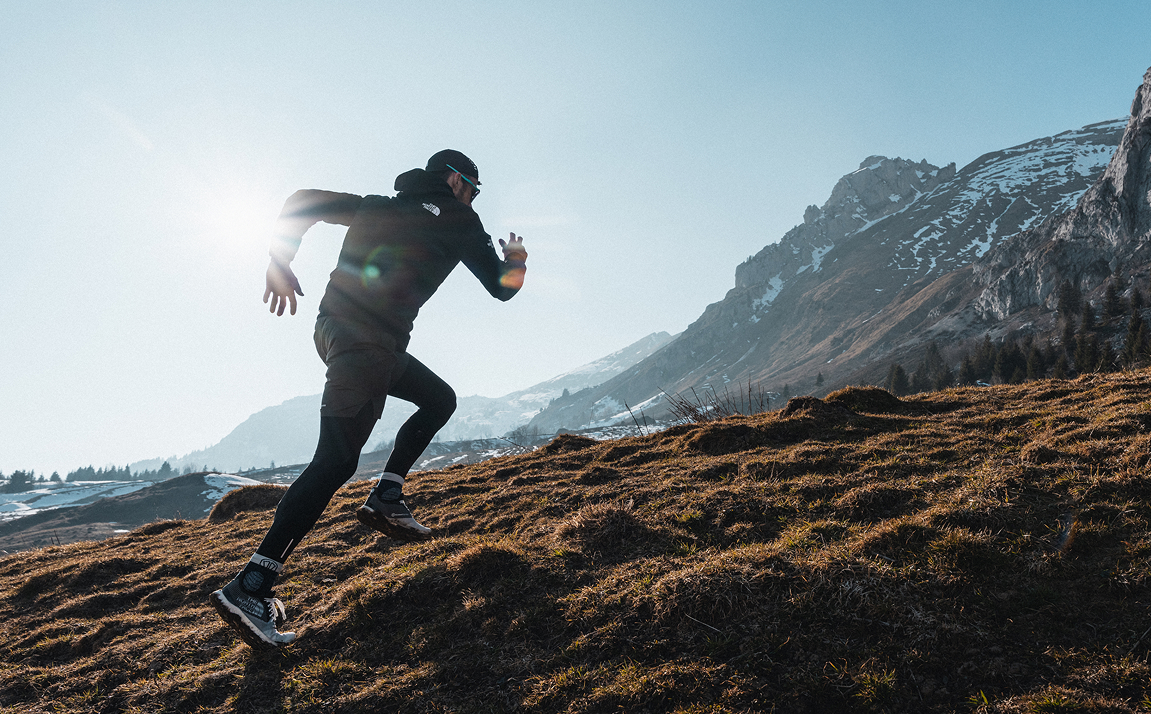
Jon Albon training on an incline
Kilian mentioned the varied terrain as well, along with managing heart rate. "I think since it's a lot of elevation and variated terrain, you need to train similar inclines and base the speed on Effort pace and not pace. Also, HR control to not get too excited when meeting multiple crowds during the race."
Elevation isn't the only focus, as Sara Alonso points out. “For me, the most important thing is to adapt to the distance, the heat, and to know the course well. It's important to be a good climber but also good on the flat sections, of which there are many.”
Data as a Training Partner
While execution on race day is critical, you have to get to the starting line ready to race. In the weeks and months prior, the right data can guide smarter decisions, sharper workouts, and more sustainable build-ups. For these athletes, COROS data has become a daily training partner, helping to manage intensity and recovery.
Jon Albon was quick to note the importance of accurate heart rate. “Heart rate is one of my main tools. I can tell when I’m working too hard too soon, and it’s helped me pace races so I’m strong at the end. It feeds all of my training and racing metrics, so accurate heart rate has been an important one for me.”
Coaches Tip: The COROS Heart Rate Monitor is an award-winning tool known for providing accurate heart rate metrics. Professional athletes like Jon trust the COROS HRM in both training and races.
Hayden takes a similar approach, leaning on his Threshold HR zones to prevent overexerting himself on long sessions.
“Now I am using more HR data in my training and really paying attention to that and being in the right zones,” said Hayden. “In the past, I didn't pay attention to any data and ran purely off of pace and feel. I would overtrain a lot and my workouts and easy days were too hard and fast.”
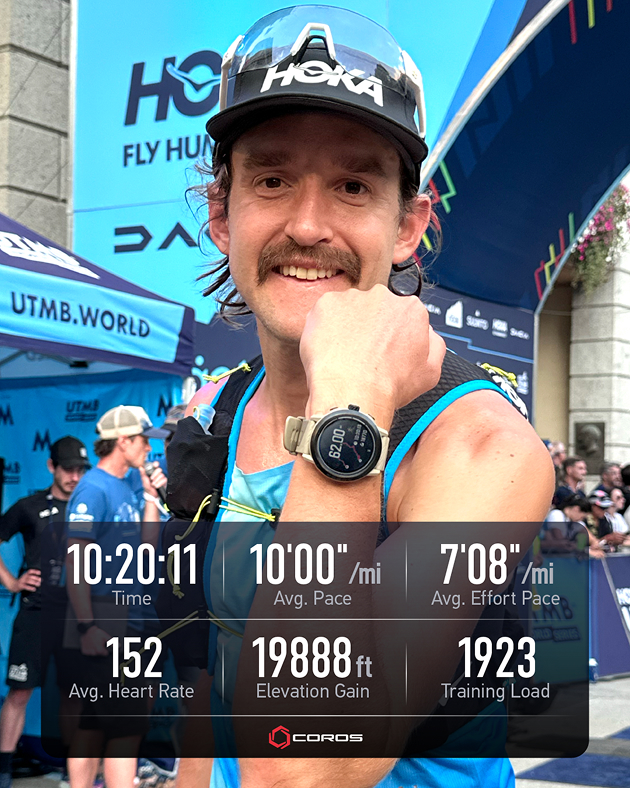
Hayden Hawks with data from his CCC victory last year
Blandine echoed that sentiment, initially training by feel but turning to data to find the edge: "I did some tests to find out my intensity zones based on heart rate, I rely a lot on that to adjust my training and to include a bit more quality work. Compared to previous years, I’m now able to better calibrate my sessions to target specific intensity zones. I can really see the progress, and I find it much more interesting to know things about your body and physiology.”
Knowing When to Push, When to Pull Back
In addition to using data in their training, the top trail athletes are increasingly using recovery metrics to build back stronger after each workout.
Sara Alonso explains, "When I started running, it was just the time, distance, and pace. Nowadays, there are health metrics that give you information about your sleep, stress, heart rate variability... All of this is a tool that you can apply to your training to achieve the best fitness. I increasingly modify my training based on how I feel and the information I get about my sleep and recovery.”
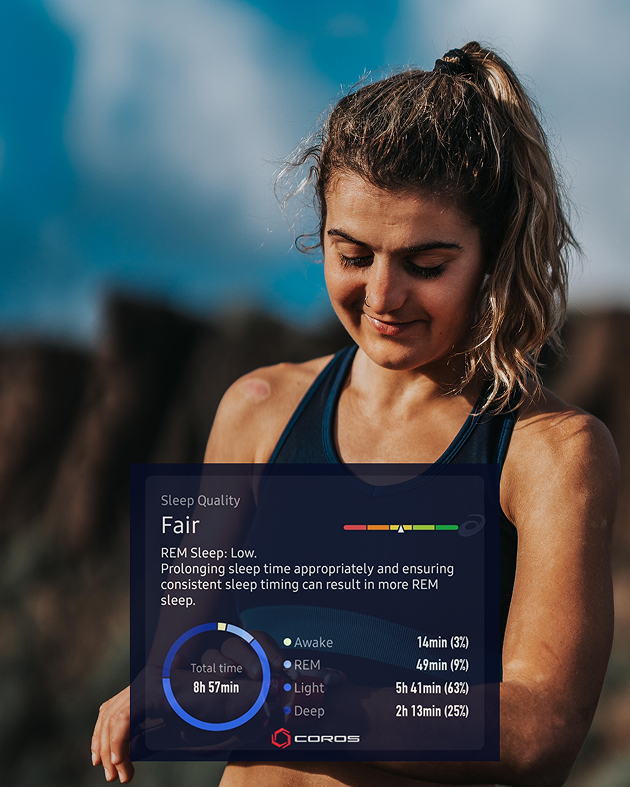
Sara Alonso checking her recovery
Blandine L’Hirondel takes a similar approach, tracking her readiness across multiple indicators. Rather than reacting to one number, Blandine looks for patterns in the data.
“There’s never a single piece of data that will make me postpone a workout, but if several indicators are off, then it can change things."
She looks at everything from HRV and Resting HR, to sleep quality and even if she's exceeded her recommended Training Load for the week. Blandine makes different decisions depending on how many metrics are showing signs.
“I just shift the session to the next day if it’s not too serious, or, if all the data is looking poor, I’ll decide to take a lighter week.”
The Mental Game: From Start Line Buzz to Late-Night Lows
No data or training block can fully prepare you for the emotional rollercoaster of race week. From the roar of the Chamonix start line to the long stretches of darkness in the high mountains, every athlete has to wrestle with excitement, fatigue, and the challenge of staying mentally composed through one of the most demanding weeks in the sport.
“It’s really the atmosphere, the buzz around the UTMB races,” said Blandine. “There’s no other time, except during those races in Chamonix at the end of August, that I find so much energy or so many people out on the trails.”
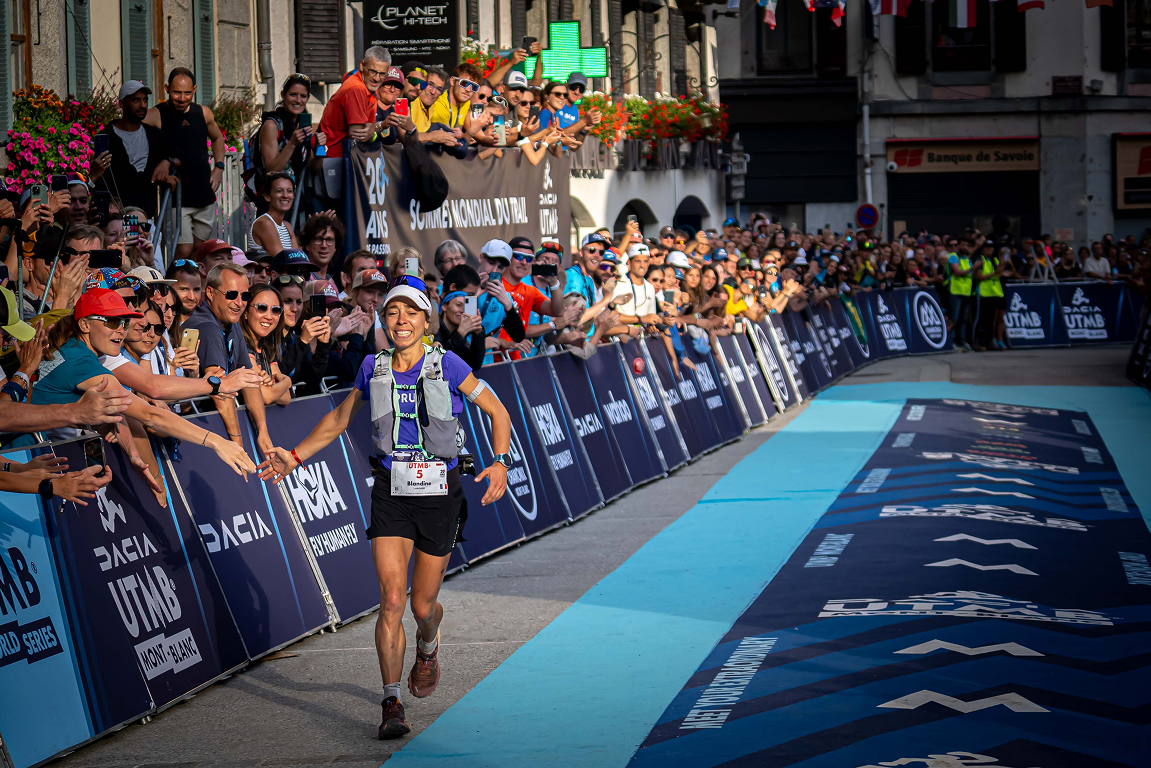
Blandine L'Hirondel embracing the finish line energy
That energy can be a powerful lift, especially when you’re deep into the race and fighting to hold pace.
“Is special because the start is in the afternoon and the first part is during the night,” Kilian noted. “And even if you get used to the race, there is always some low moments.”
As a creative way to stay mentally sharp during these difficult stretches, Sara is using Strava Live Segments on her APEX 2 Pro.
“During the race, I will generate segments on Strava, enter them into the app, and try to keep up the pace from 2024. Once I reach Argentiere, where I died last year, I will try to improve my times.”
But while the excitement in Chamonix is real, it can also derail a race if athletes don’t manage their effort early. Hayden Hawks learned to stay within himself, even when others surged ahead.
“I let people go and ran my own race on the first climb. After this climb I quickly picked off everyone that had gone out too hard, took the lead, and never looked back. I felt fresh because I was staying in my sweet spot and everyone else was wrecked because they went out too hard.”
Jon Albon knows just how quickly things can turn, and how mental resilience becomes just as important as physical training.
“I remember juggling strategy, stomach issues, and the constant pressure to maintain momentum, especially in CCC when gels went south and I was just hanging on. But I also remember the checkpoint buzz, the support from my wife, and atmosphere out on course. UTMB week is as much a mental marathon as a physical one.”
Dialing in for Race Week
As race week in Chamonix approaches, these athletes are trading volume for focus, effort for precision. They’re syncing key segments to their watches, revisiting past performances, and refining plans to match their current fitness. This year’s races will be shaped by deep experience, smart pacing, and the kind of preparation that comes from knowing your data and trusting it.

/filters:quality(90)/fit-in/970x750/coros-web-faq/upload/images/1b7a84160e3997a733937603640f07e9.png)
